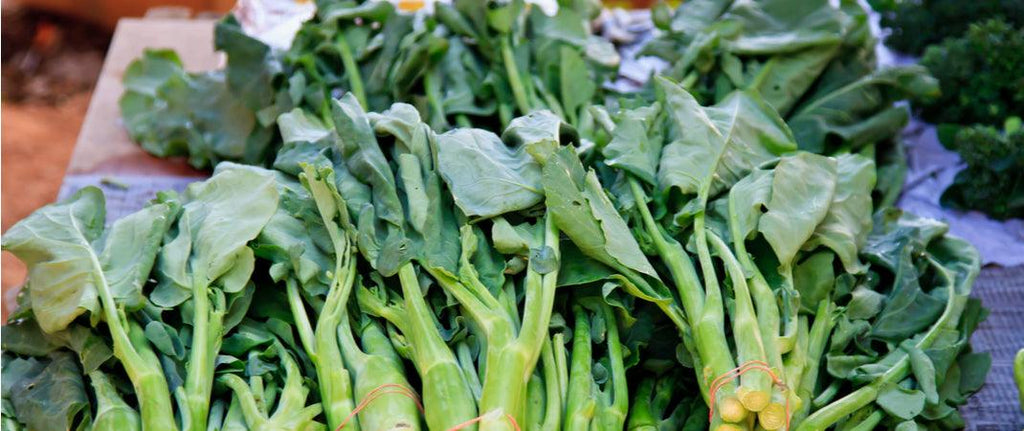
What Is Calcium?
Calcium is one of the most abundant minerals found throughout our bodies and is essential for supporting and maintaining healthy bones and teeth. A majority of the body’s calcium supply is stored in both our bones and teeth, 99% in fact! The other 1% is used to help maintain the proper functions of our muscles, blood flow, nervous systems, and more. Although dairy is often thought to be the best source of this mineral, calcium is also found in an array of plant foods as well as fortified foods.How Much Calcium Do I Need?
It is recommended that the average adult get between 1000mg to 1200mg of calcium per day and is recommended that children between the ages of 4 and 18 intake 1,300mg. The higher end of the average is typically reserved for men and women over the age of 50. Some diets like the vegan diet or plant-based diets can miss out on key intake of calcium or fail to absorb it into the body. One way for plant-based dieters to make sure their bodies absorb calcium is to focus on eating calcium nutritious foods together with those rich in magnesium and vitamin D. Vitamins like iron and zinc can compete for absorption with calcium and should be avoided eating together.Sources of Plant-Based Calcium
Here are a few plant-based calcium sources to keep in mind for your diet:
- Tofu (350mg of calcium per 100g of firm tofu)
- Kale (172mg per cup of cooked kale)
- Spinach (136mg per cup of cooked spinach)
- Chickpeas (105mg per half cup of cooked chickpeas)
- Almonds (75mg per ounce)
- Chia Seeds (65 mg per tablespoon)
- Bok Choy (158mg per 1 cup of cooked bok choy)
- Collard Greens (268mg per 1 cup of cooked greens)
How much of the calcium is actually absorbed into the body?
Although the amount of calcium that we intake is important, we should be aware of just how much of that calcium we’re getting is actually absorbed into our bodies. Sodium is one of the biggest contributing factors, as we lose about 40 to 60mg of calcium per 1000mg of sodium excreted from the kidneys. Some research has also shown that higher protein intake can also affect calcium loss, with increases of nearly 50%. Here are some of the absorption rates of plant-based calcium sources:- Firm tofu has an absorption rate of about 31%, which is comparable to that of dairy products without as many saturated fats and 1/10th of the sodium.
- Chinese mustard greens are typically absorbed around a rate of 40% by the body, giving you as much calcium as 1 glass of milk.
- Boy Choy, broccoli, and kale all have calcium absorption rates in the 50% to 60% range.




